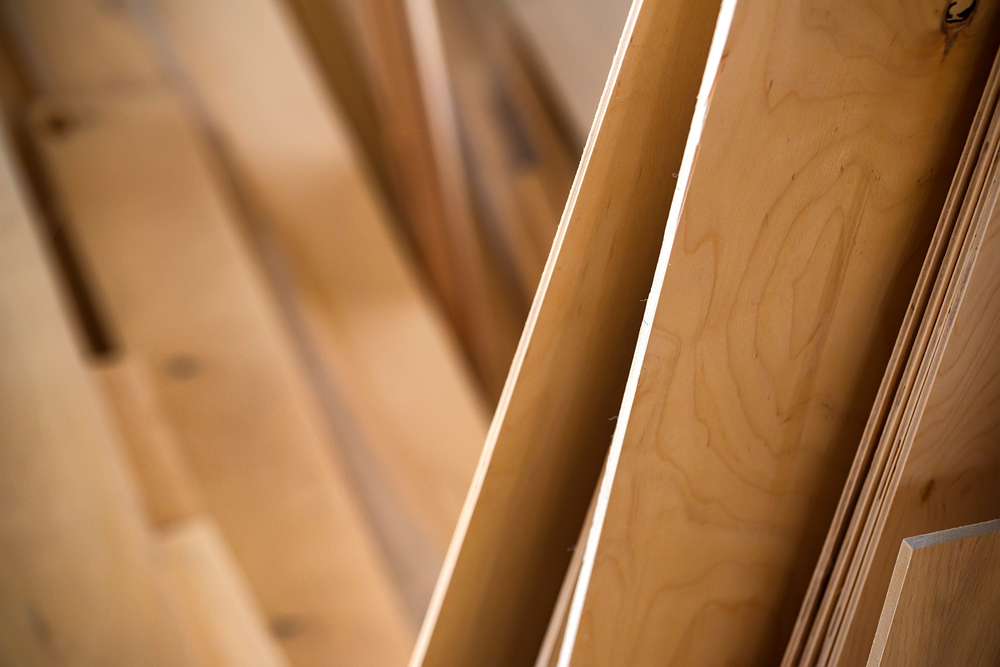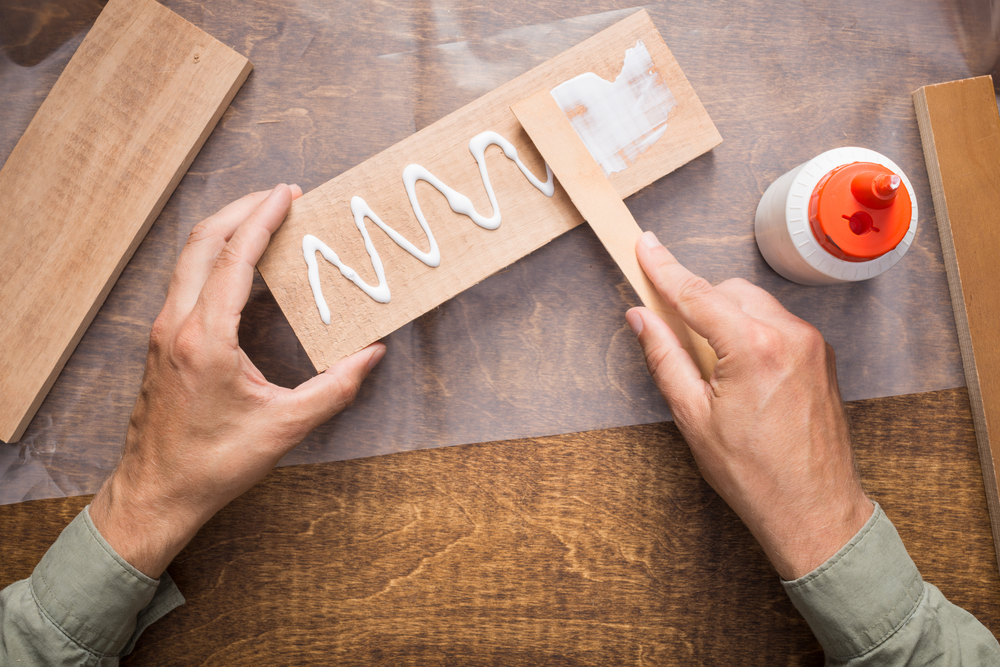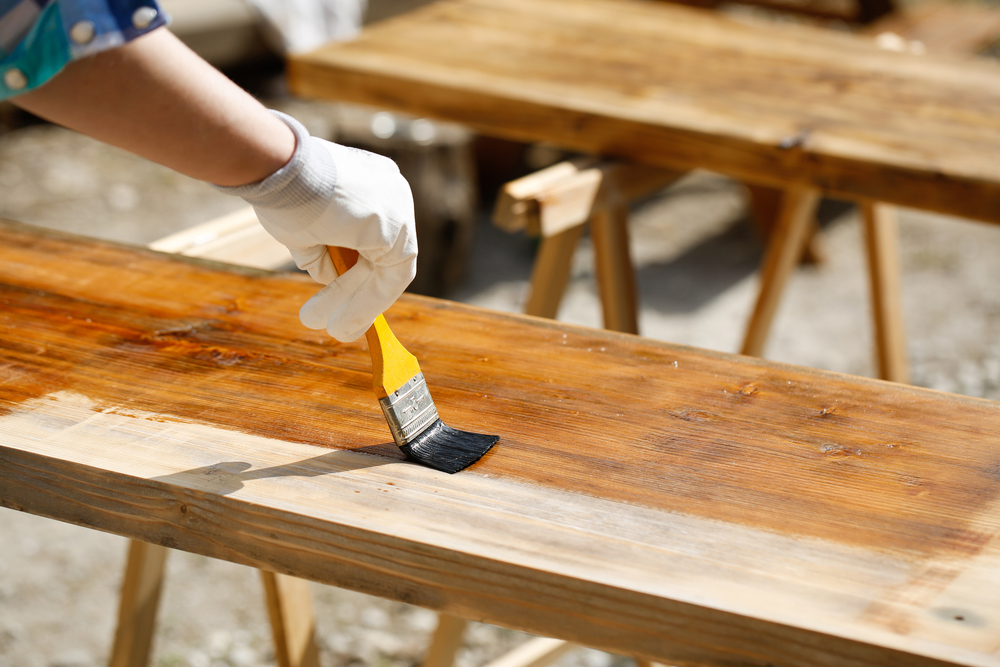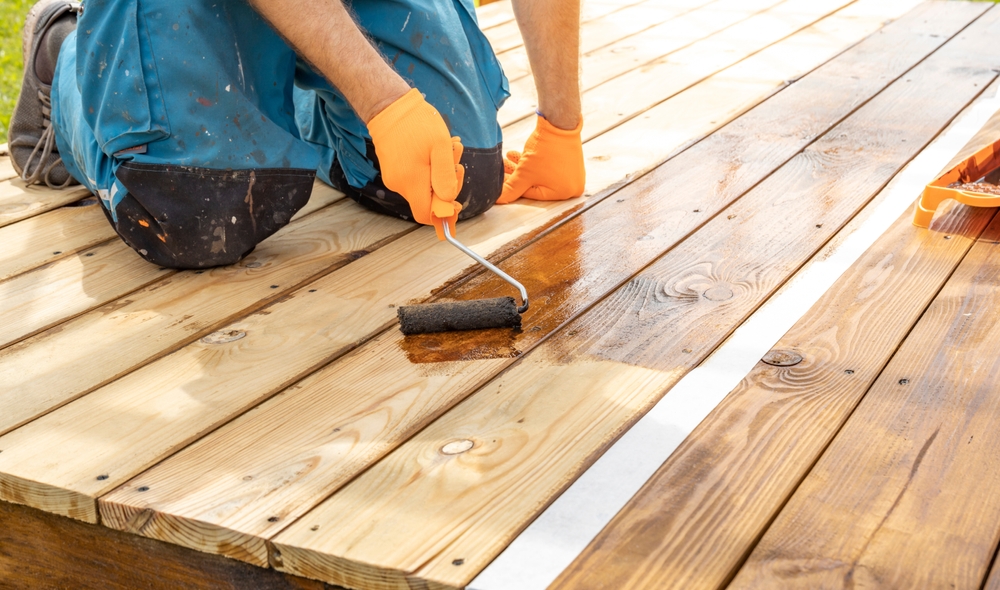What is Buon Fresco?
Buon fresco, also known simply as true fresco, is a technique for painting murals. It involves applying pigments mixed with water onto a freshly laid lime plaster surface. This method has been employed for centuries and remains one of the most durable forms of wall art.
Historical Background
The origins of buon fresco can be traced back to ancient civilizations. The Egyptians and Greeks used early forms of this technique. However, it was during the Italian Renaissance that buon fresco reached its zenith. Artists like Michelangelo and Raphael used it to create some of the most iconic pieces of Western art.
The Process
The buon fresco process involves several meticulous steps. Here is an overview:
- Preparation of the Wall: The wall is coated with a rough layer called the arriccio. This provides a stable surface.
- Application of Intonaco: A final smooth layer of plaster called intonaco is applied. Paint must be added while this layer is wet.
- Mixing Pigments: Natural pigments are mixed with water. No binders like oil or egg yolk are used.
- Painting: The pigments are applied to the wet plaster. As the plaster dries, the pigments become part of the wall.
Scientific Principles
Buon fresco relies on a process called carbonation. When lime plaster dries, it reacts with carbon dioxide in the air to form calcium carbonate. This chemical reaction causes the pigments to be absorbed into the plaster, making the artwork an integral part of the wall itself.
Durability and Longevity
One of the main advantages of buon fresco is its longevity. Because the pigments become part of the wall, they do not flake or peel off easily. Many frescoes from antiquity have survived in good condition for centuries.
Cultural Significance
Buon fresco has been used to depict a wide range of subjects, from religious narratives to daily life. It often graced public buildings, churches, and even private homes. In the Renaissance, it was a means for artists to demonstrate their skill and creativity.
Famous Frescoes
Some of the most famous buon fresco works include:
- The Sistine Chapel Ceiling by Michelangelo: A masterpiece of art, depicting scenes from the Genesis.
- The School of Athens by Raphael: A representation of various classical philosophers in discussion.
- The Last Supper by Leonardo da Vinci: Though not strictly a buon fresco, it employs some of the same principles.
Modern Applications
While buon fresco is less common today, it still finds use in restoration projects and new artistic creations. Modern artists appreciate its timeless quality and historical significance.
Challenges and Limitations
Buon fresco is not without its challenges. The need to apply pigment to wet plaster requires speed and precision. Mistakes are difficult to correct, and the materials used can be costly. Additionally, environmental factors like humidity can affect the plaster’s drying time.
Learning the Craft
Mastering buon fresco typically involves rigorous training. Aspiring fresco artists often study under established masters. This apprenticeship model ensures that the techniques and traditions are passed down through generations.
Educational institutions also offer courses in fresco painting. These courses cover both the historical context and technical skills required. Students learn about material preparation, pigment mixing, and application techniques.
Conservation and Restoration
Conserving and restoring buon fresco works is a specialized field. Experts must understand the original materials and methods to perform accurate restorations. Techniques like laser cleaning and micro-sandblasting are sometimes used to remove dirt and old varnish. Ensuring the longevity of these artworks requires meticulous attention to detail.
Environmental Impact
Using natural materials, buon fresco has a relatively low environmental impact. Lime plaster and natural pigments are sustainable and non-toxic. This makes buon fresco an attractive option for environmentally conscious artists and projects.
Comparisons with Other Techniques
Buon fresco differs from other mural techniques like secco fresco, which involves painting on dry plaster. Secco fresco allows for more flexibility in corrections but is less durable. Unlike oil or acrylic painting, buon fresco has a matte finish due to the absence of binders. Each method has its own set of advantages and limitations, making them suitable for different types of projects.






